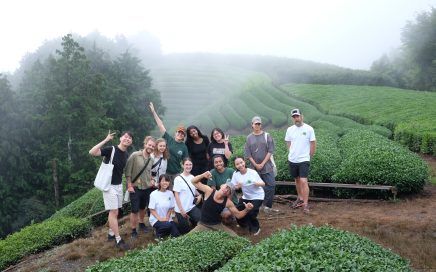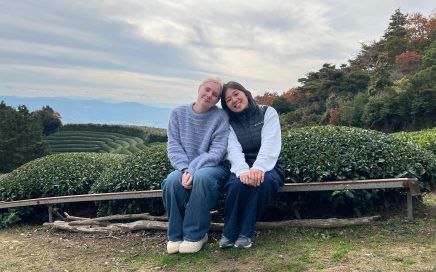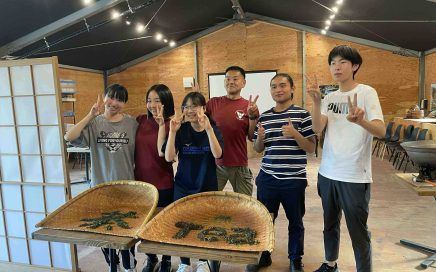
Summer Internship 2026
Hey hey!! Thinking about joining our team for a spring/summer or summer internship? Then you’re in the right place—we’ve got your back! This little intro to last summer’s internship should help answer some common questions and give you a sneak peek into what life on a tea farm looks like during Japan’s hot (and yes, humid!) summer months. […]
























